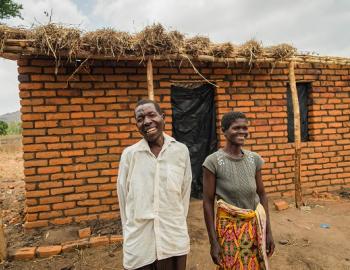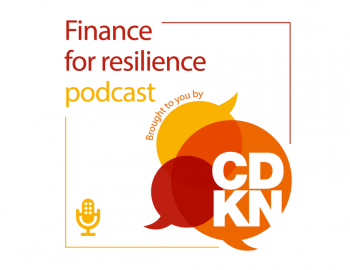Inside Story: Integrating climate change concerns into disaster management planning: The case of Gorakhpur, India (Hindi)
Inside Story: Integrating climate change concerns into disaster management planning: The case of Gorakhpur, India (Hindi)
Gorakhpur District is recognised as one of the most flood-prone districts in Eastern Uttar Pradesh, India. The data over the past 100 years show a considerable increase in the intensity and frequency of floods, which are now recurring every 3–4 years. Gorakhpur District is home to 4.4 million people, most of whom live in rural areas. Roughly 20% of the population is affected by floods, and in some areas, flooding has become an annual occurrence, causing huge loss of life, health and livelihoods for the poor inhabitants, and extensive damage to public and private property.
This case study, Integrating climate change concerns into disaster management planning: The case of Gorakhpur, India, by Shiraz A. Wajih of the Gorakhpur Environmental Action Group and Shashikant Chopde of the Institute of Social and Environmental Transition, describes how the programme implemented by START and CDKN is currently addressing many of these issues in Gorakhpur. It looks at how the programme was developed, what factors have contributed to its success, and evaluates how a climate mainstreaming programme such as Gorakhpur’s might inspire other local governments in a similar position.
Key messages from the report:
- The District Disaster Management Plans created as a result of India’s Disaster Management Act (2005) can be an effective mechanism for promoting climatesensitive planning at district level.
- Integrating climate concerns in District Disaster Management Plans requires proper facilitation of the Shared Learning process with various departments at district level using the Climate Resilience Framework.
- The Shared Learning process is critical to developing the capacity of various departments to understand, appreciate, plan and respond to climate risks.
- Climate projections must be appropriately interpreted and presented in a way that fosters understanding of their implications for development programmes in various departments.
Download the full report: Integrating climate change concerns into disaster management planning: The case of Gorakhpur, India.
This report is part of CDKN’s Inside stories on climate compatible development series.
Image courtesy iStock © Gawrav Sinha



